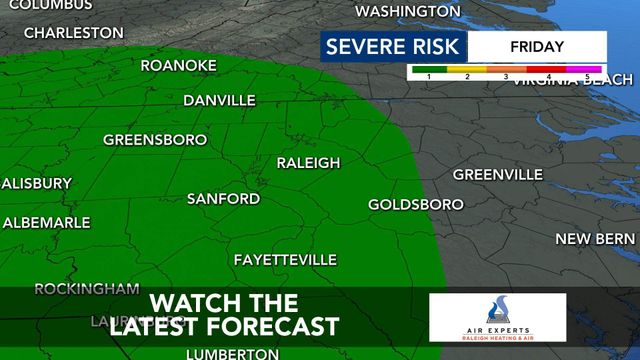1,000 coronavirus particles can infect you. Here's how to avoid hitting that threshold
With parts of North Carolina’s economy resuming under the first phase of a three-part plan, a lot people are wondering how safe it is to go out.
That depends on where you want to go and how long you plan to be around other people.
Past studies on similar infectious diseases estimate it takes about 1,000 particles of a virus to get infected, and Erin Bromage, an immunologist at the University of Massachusetts Dartmouth recently posted on his blog what situations might lead to that threshold.
- A cough or a sneeze from an infected person can produce 200 million particles.
- Just breathing can produce 20 particles per minute, so close contact would take 50 minutes to hit the 1,000 particle mark.
- A person speaking exhales 200 particles per minute, meaning close contact would take only five minutes to likely get infected.
"Anytime you’re close to somebody, you’re increasing the risk of spreading that," said Frank Scholle, a virologist at North Carolina State University.
Scholle said he feels comfortable keeping a distance outside. The research, so far, shows that simply walking past someone in a park, or even a store, is a fairly low-risk scenario.
"I thought that was was a relatively low-risk activity because you’ve got a lot of space," he said.
Heading inside, Scholle said he wears a mask in grocery stores. Risks rise with the chance of surface spread and prolonged encounters in enclosed spaces. High-risk settings include public bathrooms, meat-packing plants where workers stand side by side, family gatherings like weddings or funerals, and tightly packed business network meetings, such as the Biogen conference in Boston in February that was an early accelerator of the virus.
WRAL Investigates found a contact-tracing study that shows how those high-risk settings can lead to high exposure.
A coronavirus patient in Illinois had a long dinner with two family members, who both later became infected. The next day, he went to a funeral, infecting another person, then attended a three-hour birthday where seven people ended up sick. Some of birthday party attendees then went to church and infected at least six more. That’s 16 infections from one person.
"The more time you spend with that person in an enclosed space, the more chance you have getting those virus particles," Scholle said.
Bromage's post also looks at risks in tight workplaces and at restaurants as states try to reopen their economies. The core message: social distancing, masks and hand washing matter even more now than under the stay-at-home rules.








